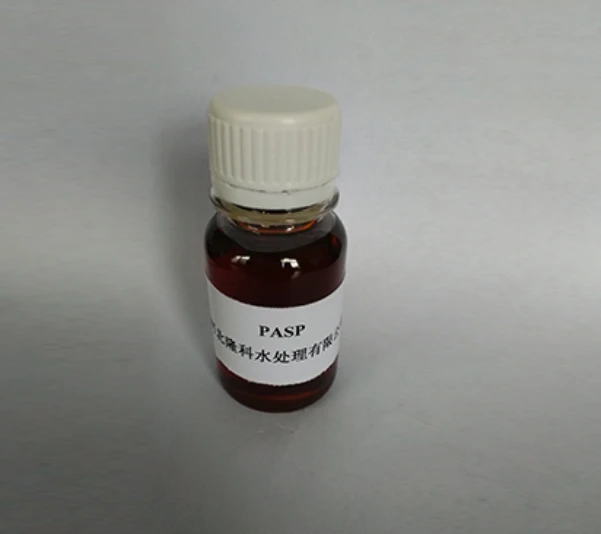coagulants and flocculants in water treatment
The Role of Coagulants and Flocculants in Water Treatment
Water treatment is essential for ensuring the safety and quality of drinking water. One of the critical processes in this treatment involves the use of coagulants and flocculants, which play a vital role in removing impurities and suspended particles from water.
Coagulants are chemical substances that facilitate the aggregation of particles in water. When added to water, they destabilize the colloidal particles, allowing them to clump together. Common coagulants include aluminum sulfate (alum), ferric chloride, and polyaluminum chloride. These substances work by neutralizing the surface charges of the suspended particles, enabling them to bond and form larger aggregates known as flocs. The technique of coagulation is most effective in treating turbid water, where suspended particles significantly affect water clarity.
Once the coagulants have been added and mixed, the next step is flocculation. Flocculation is a gentle mixing process that encourages the flocs to grow larger until they become heavy enough to settle down at the bottom of the treatment tank. Flocculants are often long-chain polymers that help bridge the gaps between small particles, creating larger flocs. Common flocculants include polyacrylamide and xanthan gum. The effectiveness of flocculation depends not only on the type of flocculant but also on factors such as pH, temperature, and mixing conditions.
coagulants and flocculants in water treatment

The combination of coagulation and flocculation makes up a crucial step in water treatment because it addresses various contaminants, including silt, organic matter, and microorganisms
. By effectively removing these impurities, the process enhances the overall quality of water, making it safer for consumption and reducing the burden on subsequent treatment stages such as filtration and disinfection.Furthermore, the choice of coagulants and flocculants can impact the environmental footprint of water treatment facilities. Traditional coagulants may introduce metal ions into the water, which can pose risks to aquatic life when discharged into the environment. Therefore, there is a growing interest in exploring more sustainable alternatives, such as natural coagulants derived from plant materials. Research has shown that materials like Moringa oleifera seeds can serve as an effective natural coagulant, providing an eco-friendly solution with minimal health risks.
In addition to their application in drinking water treatment, coagulants and flocculants are also utilized in industrial processes, wastewater treatment, and even in managing stormwater runoff. The versatility of these agents highlights their significance in maintaining water quality across various sectors.
In conclusion, coagulants and flocculants are indispensable in the water treatment process, aiding in the removal of contaminants and improving water quality. Understanding their mechanisms and exploring sustainable alternatives can enhance the efficacy and environmental sustainability of water treatment practices, ultimately contributing to better public health and a cleaner planet.
-
lk-319-special-scale-and-corrosion-inhibitor-for-steel-plants-advanced-solutions-for-industrial-water-systemsNewsAug.22,2025
-
flocculant-water-treatment-essential-chemical-solutions-for-purification-processesNewsAug.22,2025
-
isothiazolinones-versatile-microbial-control-agents-for-industrial-and-consumer-applicationsNewsAug.22,2025
-
scale-inhibitor-key-solutions-for-water-system-scale-preventionNewsAug.22,2025
-
organophosphonates-versatile-scale-inhibitors-for-industrial-water-systemsNewsAug.22,2025
-
scale-and-corrosion-inhibitor-essential-chemical-solutions-for-water-system-maintenanceNewsAug.22,2025





